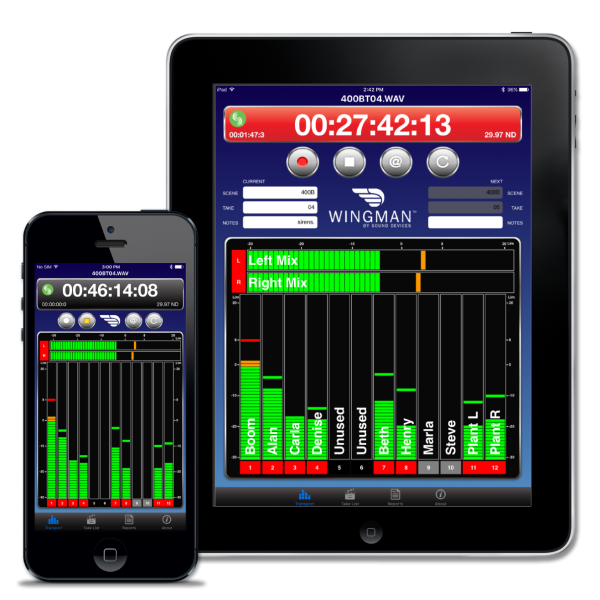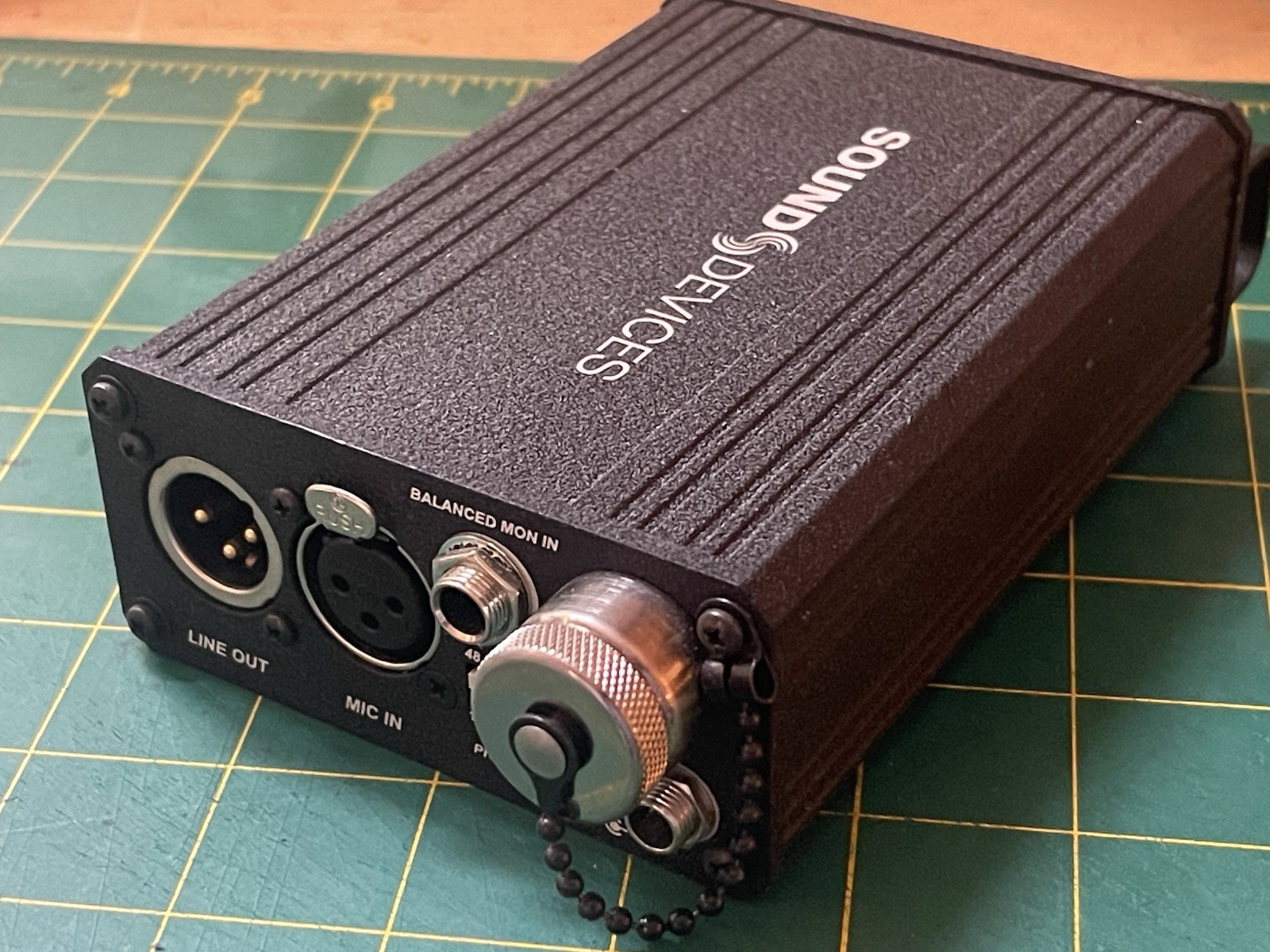- Posted on

In the fast-paced world of production sound, efficiency is key.
Every minute saved on set is a win. That’s where the Sound Devices WM-Connect Bluetooth Smart® USB dongle and the free Wingman app for Android and iOS come in, offering a powerful and affordable solution for wireless remote control and metadata management for your 6-Series mixer/recorder.
What is the WM-Connect? The WM-Connect is a small, essential piece of hardware: a Bluetooth Smart USB dongle. It's the bridge that brings your Sound Devices 6-Series mixer/recorder into the wireless, touch-screen era.
Compatibility:
Mixer/Recorders: Sound Devices 688, 664, and 633 (requires a compatible 6-Series firmware version, typically v4.00 or later).
Installation: It plugs into the USB-B port on the right side of the mixer using one of the included adapters (a right-angle adapter and a cable adapter), or directly into the keyboard port of an attached CL-12/CL-12 Alaia.
Enter Wingman: Your Wireless Control Surface The Wingman app, available as a free download on the Apple App Store and Google Play, harnesses the WM-Connect's Bluetooth connection to give you remote control features from your smartphone or tablet. This puts a clear, intuitive interface for vital functions right in the palm of your hand, allowing you to step away from the recorder while maintaining crucial control.
Key Features of the Wingman App:
Remote Transport Control: Easily Start and Stop audio recordings from a distance (typical line-of-sight range is about 50 feet).
Clear Monitoring: View meters, timecode, and frame rate on the larger screen of your mobile device.
Metadata & Take Management:
Enter and Edit metadata on the mixer in real-time.
Arm, Disarm, and Rename tracks quickly.
Circle a take or designate a False take with a simple tap.
Sound Reports: Create and manage sound reports directly on the mixer and then email the reports (as .csv files) from your connected iOS or Android device.
Workflow Convenience: If multiple WM-Connect-equipped 6-Series mixers are nearby, the Wingman app will display them all, allowing you to easily switch control between devices.
Note: For MixPre Series recorders, the WM-Connect is not required, as those recorders have built-in Bluetooth LE.
The Power of Pairing The combination of the WM-Connect and the Wingman app is a game-changer for 6-Series users. It allows for a more streamlined workflow, especially when the mixer is placed in a bag or on a sound cart where direct access to the small screen and controls might be cumbersome. From rapid metadata entry using your phone’s keyboard to remotely checking levels, this affordable accessory package brings modern wireless convenience to a professional sound mixer's toolkit.
